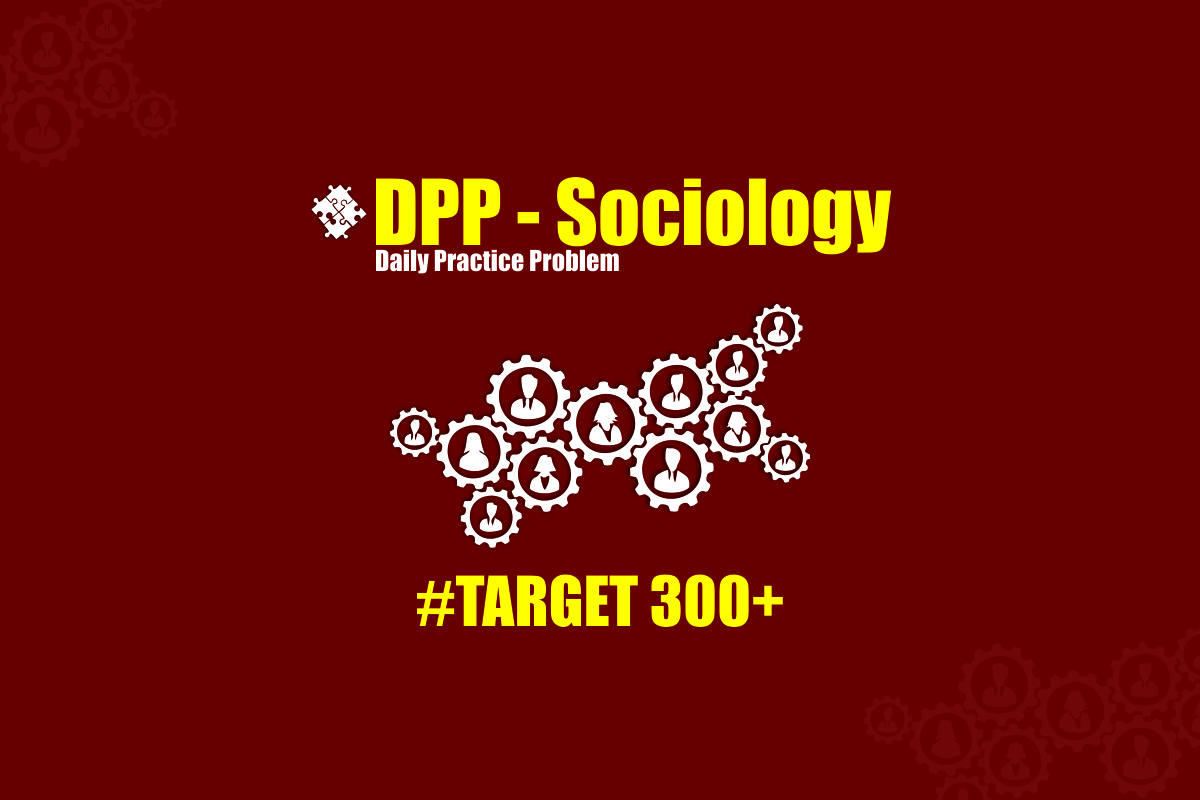Q “No society can either be absolutely open or absolutely closed.” Comment.(10Marks) (150words)
Continue reading

Q “No society can either be absolutely open or absolutely closed.” Comment.(10Marks) (150words)
Continue reading
Q Elucidate ethnicity as a dimension of social stratification.(10Marks) (150words)
Continue reading
Q In our society, Hierarchical relations are influenced by both, vertical mobility as well as horizontal mobility. Explain how.(20Marks) (150words)
Continue reading
Q Explain the formal categorisation of informal or unorganised labour force.(20Marks) (150words)
Continue reading
Q “Employee behaviour depends primarily on the social and organisational circumstances of work”. Explain the statement with an insight of
Continue reading
Q How do Karl Marx and Max Weber differ in terms of their analysis of social stratification. Elucidate. (20Marks) (150words)
Continue reading
Q How would you distinguish between the stratified and the unstratified social Positions? Do you think that innovations in work
Continue reading
Q Critically analyse the contribution of G.H. Mead to ‘symbolic in1eractionism’. (10Marks) (150 words)
Continue reading
Q “Despite possessing formal equality with men, women still experience a number of inequalities in the labour market”. Elaborate the
Continue reading
Q “Despite possessing formal equality with men, women still experience a number of inequalities in the labour market”. Elaborate the
Continue reading
Q How do Talcott Parsons and Max Weber differ in their conceptualizations of social action. Elucidate.(10 Marks) (150 words)
Continue reading
Q Discuss concepts and forms of legitimate domination? How weber has applied these concept and forms to explain domination in
Continue reading
Q Discuss concepts and forms of legitimate domination? How weber has applied these concept and forms to explain domination in
Continue reading
Q ‘Social systems have a selfadjustive and selfmaintaining quality’, according to Talcott Parsons. Discuss. (10 Marks) (150 words)
Continue reading
Q.R. K. Merton argued, “The social and cultural structures generates pressure for socially deviant behavior upon people variously located in
Continue reading